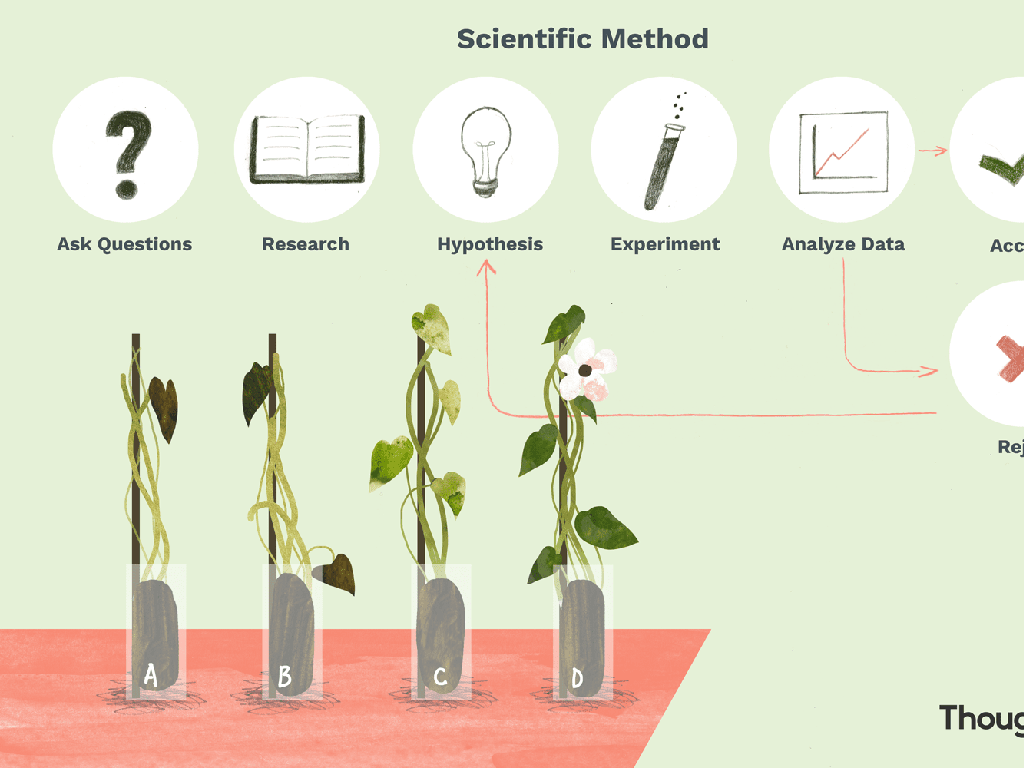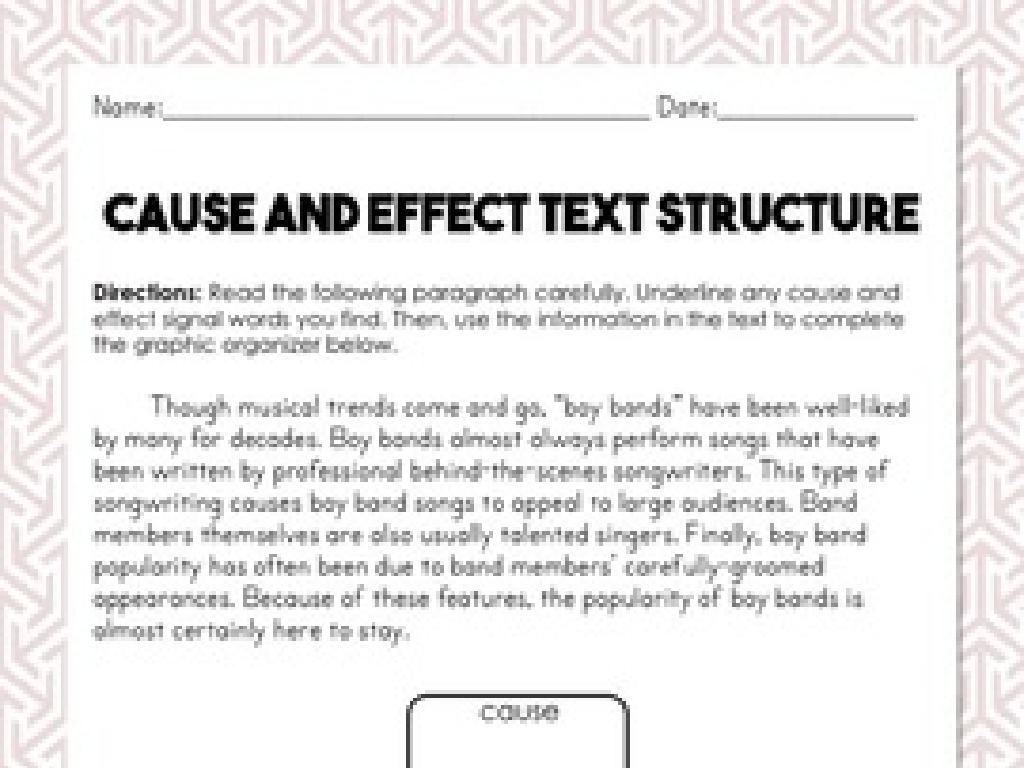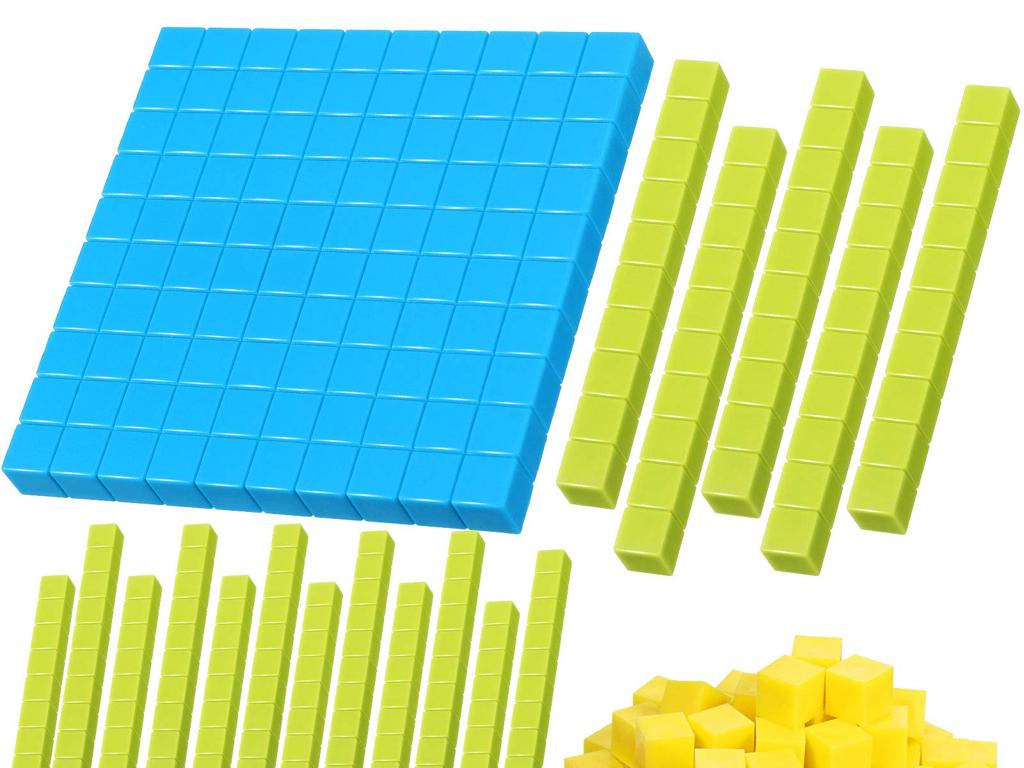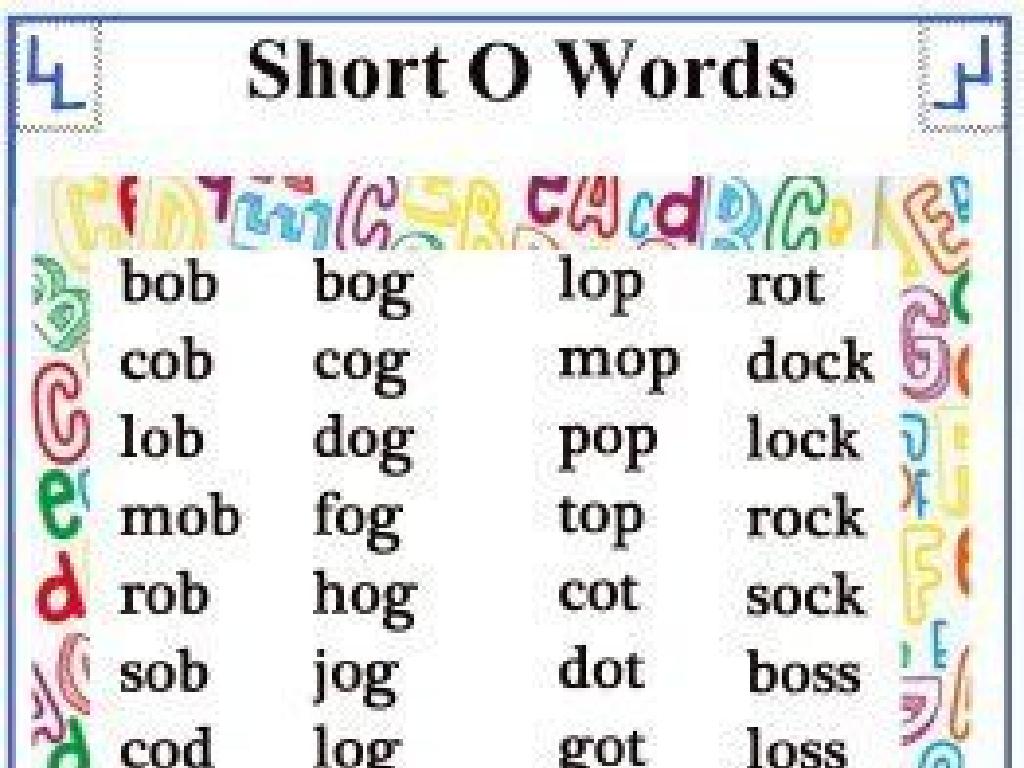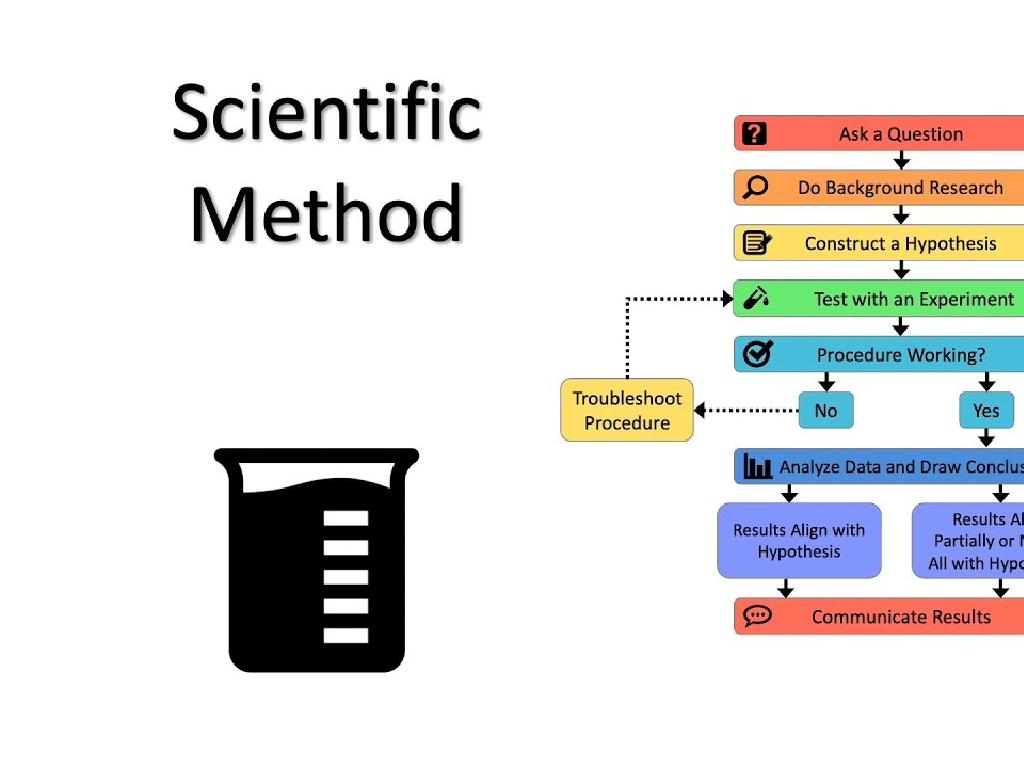Punctuation: The Comma And The Apostrophe
Subject: Language arts
Grade: High school
Topic: Grammar
Please LOG IN to download the presentation. Access is available to registered users only.
View More Content
The Power of Punctuation: Commas and Apostrophes
– Punctuation shapes our language
– It provides structure and clarity to sentences.
– Today’s focus: Commas & Apostrophes
– Understanding these can improve writing significantly.
– Meaning altered by punctuation
– ‘Let’s eat, Grandma!’ vs ‘Let’s eat Grandma!’
– Examples: Comma & Apostrophe usage
– Commas: lists, clauses. Apostrophes: possession, contractions.
|
This slide introduces the importance of punctuation in English Language Arts, with a focus on commas and apostrophes. Punctuation is essential for clear communication, as it helps to organize and structure our language. Today, we will delve into how commas and apostrophes are used to convey precise meanings and how their misuse can lead to misunderstandings or ambiguity. Provide examples to illustrate how the placement of a comma can change the meaning of a sentence, such as in the classic example involving a grandmother. Discuss the use of commas in lists and to separate clauses, and apostrophes to show possession or create contractions. Encourage students to think of additional examples and consider the impact of punctuation on their writing.
Mastering Commas for Sentence Clarity
– Comma’s role in clarity
– Commas help readers understand sentence structure and meaning.
– Commas in lists and clauses
– Use commas to separate items in a series or independent clauses.
– Commas before conjunctions
– Place a comma before conjunctions like ‘and’ or ‘but’ in compound sentences.
– Avoiding comma errors
– Common mistakes: overuse, splicing, and omission where necessary.
|
This slide aims to enhance students’ understanding of the proper use of commas to ensure sentence clarity. Emphasize the importance of commas in conveying the intended message and maintaining the flow of writing. Provide examples of lists (e.g., ‘We need eggs, milk, and bread.’) and clauses (e.g., ‘When I went to the store, I bought some groceries.’) to illustrate their use. Discuss the necessity of commas before conjunctions in joining two independent clauses (e.g., ‘I wanted to stay home, but I had to go to work.’). Highlight common errors such as comma splices, where a comma incorrectly joins two independent clauses without a conjunction, and the overuse or underuse of commas, which can lead to confusion. Encourage students to practice by revising sentences with incorrect comma usage.
Using Commas in Lists
– Crafting lists in sentences
– Understanding the Oxford comma
– Also known as the serial comma, used before the conjunction in a list
– When to use the Oxford comma
– Use it for clarity in complex lists or consistent style
– Series item listing example
– E.g., ‘We packed tents, sleeping bags, and lanterns.’
|
This slide aims to teach students the correct use of commas when creating lists within sentences. Emphasize the importance of the Oxford comma, also known as the serial comma, which is placed before the conjunction in a list. Discuss scenarios where the Oxford comma adds clarity, such as in complex lists or to maintain a consistent style in writing. Provide examples of simple and complex lists to illustrate the use of the Oxford comma. Encourage students to practice by writing their own lists and deciding whether the Oxford comma is necessary for clarity.
Commas and Clauses
– Differentiate independent vs dependent clauses
– Independent clauses can stand alone; dependent clauses cannot.
– Use commas to link clauses
– Commas join dependent clauses to independent ones, e.g., ‘I went running, although it was raining.’
– Example: Sentence combination with commas
– ‘The storm was loud. It kept me awake.’ becomes ‘The storm was loud, and it kept me awake.’
|
This slide aims to clarify the use of commas in the context of independent and dependent clauses. Start by explaining that an independent clause is a complete thought that can stand alone as a sentence, while a dependent clause is not complete and needs to be attached to an independent clause. Emphasize the role of commas in correctly joining these clauses to form complex sentences. Use examples to show how commas can change the flow and meaning of sentences. Encourage students to practice by combining sentences using commas and to be mindful of the clauses they are connecting.
Mastering the Apostrophe: Contraction and Possession
– Apostrophes: contraction vs. possession
– An apostrophe replaces omitted letters in contractions, e.g., can’t for cannot
– Forming contractions properly
– It’s important to place the apostrophe where letters are omitted: she’ll, not she’ ll
– Using apostrophes to show possession
– To show ownership, add apostrophe + s: Sarah’s book, or just an apostrophe for plural nouns: the players’ equipment
– Common mistakes to avoid
– Don’t confuse its (possessive) with it’s (it is), or misuse apostrophes for plurals
|
This slide aims to clarify the use of apostrophes in English grammar, focusing on their role in forming contractions and indicating possession. Students should understand that an apostrophe signifies missing letters in contractions and denotes ownership when used in possessive cases. Emphasize the placement of apostrophes in contractions and the difference between singular and plural possessive forms. Highlight common errors, such as using apostrophes to form plurals or confusing ‘its’ and ‘it’s.’ Provide examples and encourage students to create sentences demonstrating each use. This will help solidify their understanding and improve their punctuation skills.
Mastering Apostrophes: Indicating Possession
– Singular possessive case usage
– Add ‘s to a singular noun to show ownership, e.g., the dog’s leash
– Forming plural possessive case
– Add ‘ after plural nouns ending in s to show possession, e.g., the dogs’ owner
– Navigating irregular possessive cases
– For irregular nouns, add ‘s, e.g., the children’s toys
– Understanding exceptions
– Some possessive pronouns don’t need an apostrophe, e.g., hers, its
|
This slide focuses on the use of apostrophes to indicate possession. Start by explaining the singular possessive case, where an apostrophe followed by an ‘s’ is added to a singular noun. Then, discuss the plural possessive case, which typically involves adding an apostrophe after the ‘s’ at the end of plural nouns. Highlight irregular possessive cases, such as when dealing with plural nouns that do not end in ‘s’. Lastly, address common exceptions, including possessive pronouns that do not require an apostrophe. Provide examples for each case to solidify understanding. Encourage students to practice by writing sentences that use each type of possessive case.
Practice with Commas and Apostrophes
– Identify punctuation errors
– Spot incorrect use of commas and apostrophes in sentences
– Rewrite sentences correctly
– Use what you’ve learned to correct the sentences
– Discuss meaning changes
– How does proper punctuation alter the sentence’s meaning?
– Reflect on punctuation importance
|
This slide is aimed at reinforcing the students’ understanding of the proper use of commas and apostrophes through practice. Start by presenting sentences with common punctuation mistakes and ask students to identify and correct them. Then, have students rewrite these sentences with the correct punctuation. Discuss as a class how the meaning of the sentences changes with proper punctuation. This exercise will help students see the importance of punctuation in clarifying meaning and preventing misunderstandings. Encourage students to explain their thought process when correcting each sentence to ensure comprehension.
Class Activity: Punctuation Scavenger Hunt
– Find correct punctuation in a book
– Identify a confusing sentence
– Look for a sentence that’s unclear without commas or apostrophes
– Create sentences with proper punctuation
– Use the rules we’ve learned to write your own examples
– Discuss the importance of punctuation
|
This activity is designed to reinforce the students’ understanding of proper comma and apostrophe usage through an interactive scavenger hunt. Students will search for examples of correct punctuation within a book of their choice, which will help them see real-world applications of the rules they’ve learned. They should also find or create a sentence that would be confusing without proper punctuation, highlighting the importance of these grammatical tools. Encourage creativity in the sentences they create, and have them explain why the punctuation is necessary. Possible activities include peer review of created sentences, group discussions on the impact of punctuation on clarity, and a presentation of their findings to the class.

